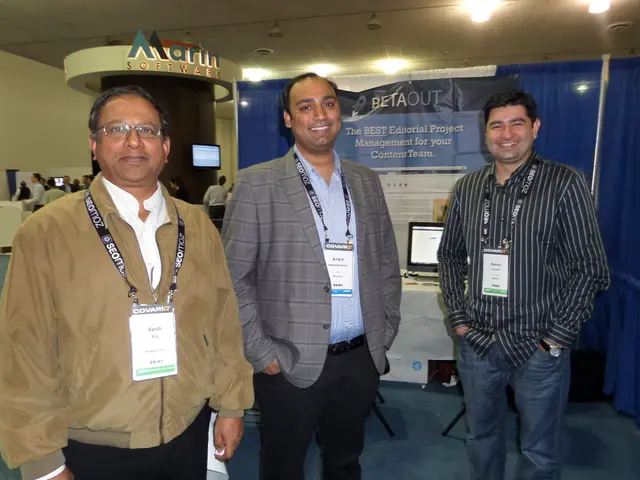Title: Unveiling the Reality: Almost 20% of Online Job Ads Are Misleading or Vacant
The job hunt can be a frustrating ordeal, filled with confusing job portals, intense competition, and time-consuming application processes. The effort put into each application often results in deafening silence, causing one to question whether the jobs even existed in the first place. A recent study reveals that this eerie sentiment might not be far from the truth.
The Wall Street Journal shares data from hiring platform Greenhouse, indicating that around 18-22% of online job postings, or one in five, are either misleading or never filled. This startling revelation paints a picture of an alarming phenomenon known as "ghost jobs." This trend has been troubling job seekers for some time, causing uncertainty and frustration.
The practice of posting these misleading job advertisements has led some observers to speculate about potential corporate strategies. Some suggest that businesses could be using ghost jobs to portray their growth falsely, while in reality, they're stagnant. Fast Company points out that this tactic may help corporations present an image of active hiring and growth without the negative implications of eliminating positions.
A Forbes commentator highlights another disturbing aspect of ghost jobs - their ability to inflate the total number of job openings, thus prolonging the job search for many candidates. The disheartening reality of ghost jobs led websites like Greenhouse and LinkedIn to introduce job verification services, enabling users to distinguish between legitimate positions and possible misinformation.
The proliferation of ghost jobs has significantly impacted the job market, making it more challenging than ever before. "It's kind of a horror show," remarked Jon Stross, Greenhouse's president, and co-founder, summing up the daunting landscape of the modern job market.
To combat this issue and reduce the risk of falling prey to ghost jobs, job seekers should familiarize themselves with certain red flags. These include generic job descriptions, lengthy postings, and missing company information. Networking, continuous learning, and verification can also help in distinguishing legitimate job openings from ghost jobs.
While job platforms and regulatory bodies continuously work towards warding off job scams, job seekers should remain diligent and vigilant. The FTC's consumer alerts and warnings about job scams, particularly in relation to remote jobs and exorbitant salary offers, are invaluable resources for individuals navigating the complex world of job hunting.
In the future, advancements in tech and technology might provide solutions to combat the issue of ghost jobs, making it easier for job seekers to distinguish legitimate positions from misinformation. The rise of artificial intelligence and machine learning could potentially analyze job postings for signs of misleading information, helping to filter out ghost jobs before candidates waste their time applying.
Furthermore, the use of blockchain technology in the recruitment process could increase transparency and accountability, ensuring that employers who post ghost jobs face consequences for their deceitful practices. This could contribute to a more trustworthy job market and reduce the frustration experienced by job seekers.








